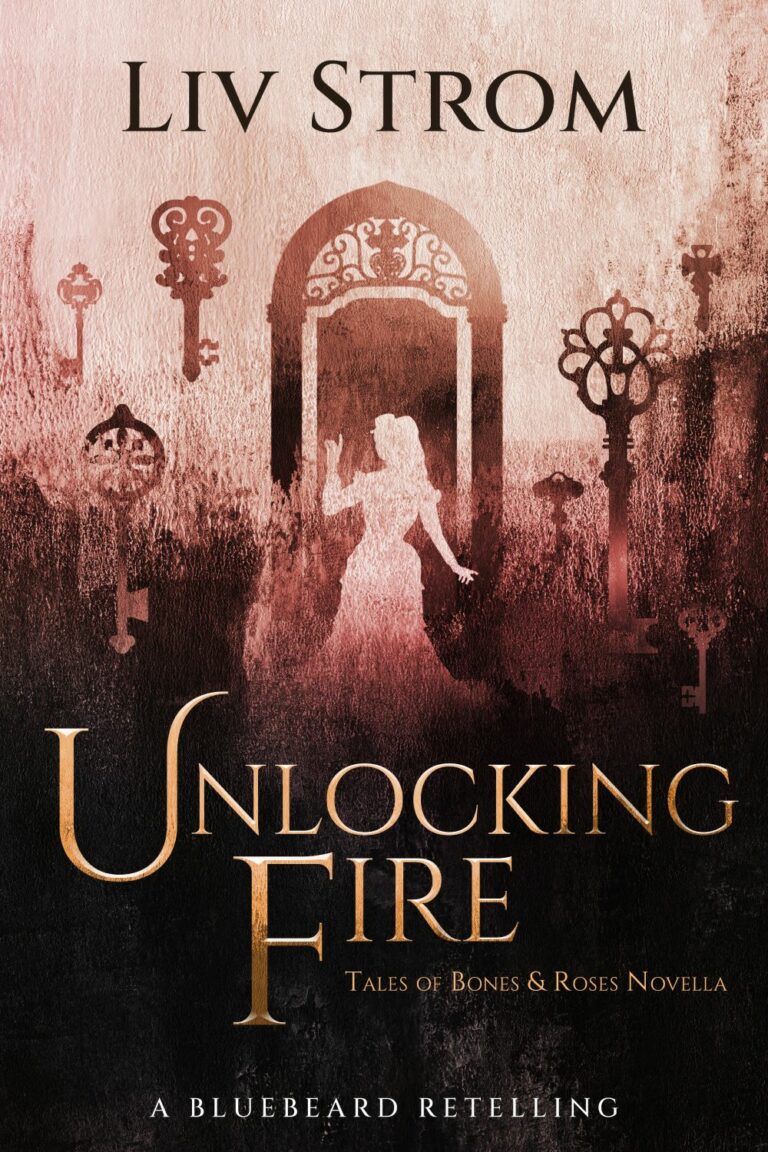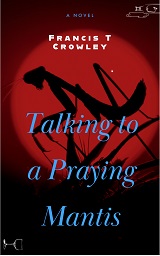The cliche of editing being 90% of any novel is not only a popular one, but one of those cliches that is both true and begs further expansion. Let’s get into it.
What is editing, exactly? It is the process of reading through any work (a draft, so to speak) and ensuring that the original stream of thought that you put down on paper is formatted as effectively as possible so as to communicate your intention, as the author, to the reader. It is a form of engineering, for all intents and purposes, and you, as an author, are responsible for organizing the scaffolding of the structure that you are inviting readers to explore.
Suffice to say, most writers tend to do micro-editing as they write – even this article, as it is being formulated, is being edited in real time to ensure commas are placed where they should be, to ensure maximum readability.
What does editing entail? As mentioned, commas – punctuation, in the right places, organizes your words so that the reader knows where to pause, where to press, and, in a way, gives them a mechanism of organizing the data they are absorbing. It is undeniable, therefore, that doing this ineffectively can have an almost terminal effect on the reader’s ability to follow your work.
But the above is only a small example of one portion of the editing process – copyediting. Copyediting is a less subjective form of editing, though certainly does require a creative touch, and does personalize any work to the author’s specifics. It is essential.
However, editing in the most general sense can involve excising huge swathes of writing that may have seemed important initially, but throws your entire work off. And so, like every author after and before you, you may have to painstakingly separate from a beloved piece of writing that simply does not fit.
The importance of editing cannot be understated. And it takes a great deal of trust in some unknown impulse every writer has, for as one reads through their work, they are constantly reflecting on some abstract feeling that tells them whether this word, or phrase, or paragraph, achieves what they sought to achieve. And once this “ping” is performed, they either move on, or put on their work shoes and dive in, like a construction worker, to find out how to reorganize this portion of their grand work, ensuring it supports the overall structure of the building.
(Case in point – the last sentence in that last paragraph was a bit long – it was edited to explore whether it ran on, or was tight enough to justify commas instead of a reformation of two sentences. Yes, editing can be a lovely, fun process!)











